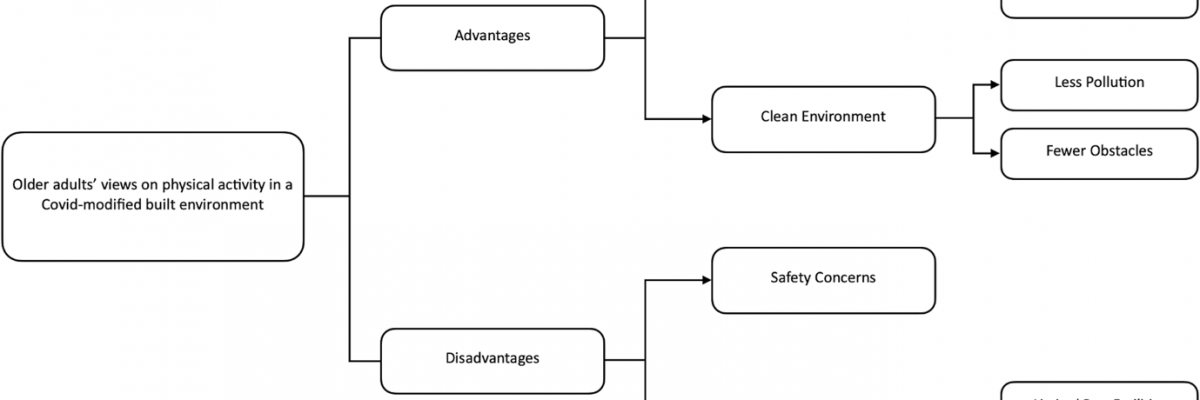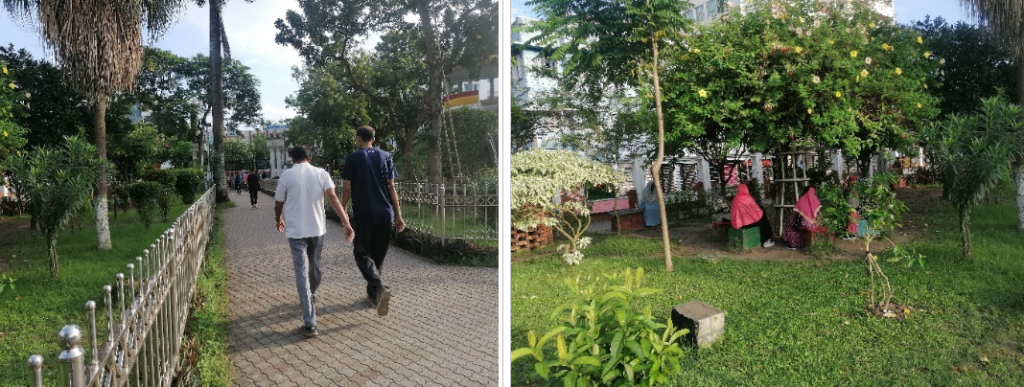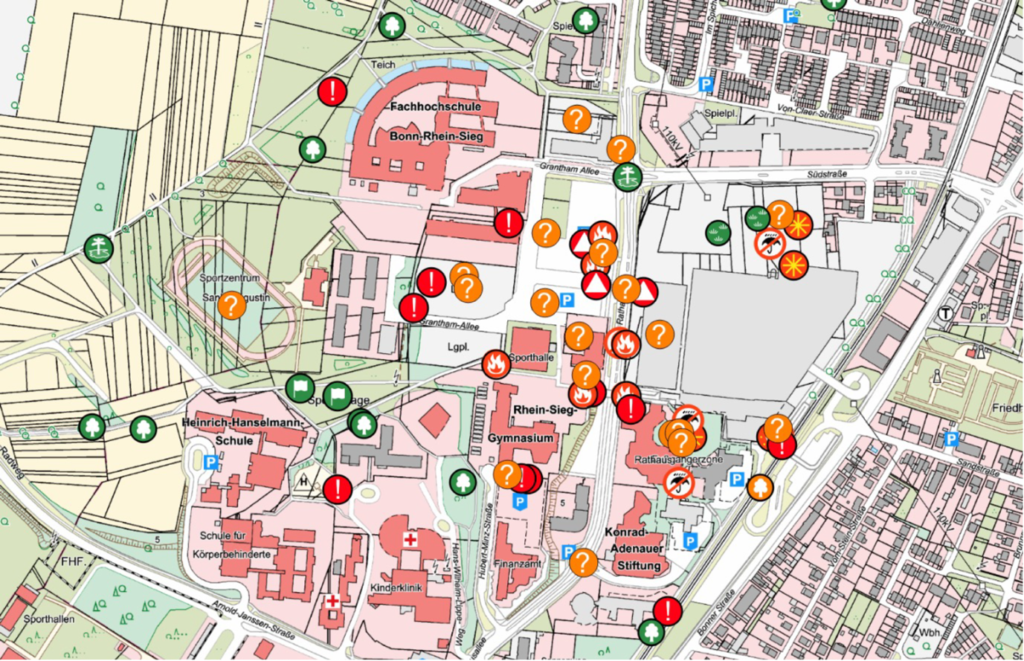City Know-hows

Target audience
Healthy ageing communities and campaigns. City planners and urban designers
The problem
Physical activity is important to maintain older adults’ health, wellbeing, and independence, and this was particularly important during the coronavirus (COVID-19) pandemic. To slow the spread of COVID-19, built environment modifications were introduced in public areas such as one-way walking systems to enable social distancing, public toilet closures, and outdoor seating limitations. These modifications were intended to encourage safe physical activity but could have made outdoor walking and exercise more difficult for older adults.
What we did and why
We investigated whether COVID-related built environment modifications reduced older adults’ physical activity and increased their fear of falling. To assess this, we created an online survey using both closed and open-ended questions. This survey was completed by 282 older adults aged 65+.
Our study’s contribution
We found older adults engaged in less physical activity during COVID-19, particularly those who were concerned about falling. Many older adults thought that COVID-related built environment modifications made exercise more difficult and created safety or accessibility issues, particularly public toilet closures. These built environment modifications were also associated with less physical activity.
We concluded that COVID-related built environment modifications made walking exercise more difficult, and possibly contributed to the reduced physical activity seen in older adults throughout COVID-19.
Impacts for city policy and practice
We recommend that if similar modifications are required in the future, older adults’ needs must be better accommodated to avoid discouraging physical activity and compromising long-term health. This could include using roads to maximise the space available for walking, and prioritising safe access to public toilets and outdoor seating.
Further information
Not available.
Full research article:
Impact of COVID-19 on neighbourhood physical activity in older adults by Charlotte Hennah, Geraint Ellis & Michail Doumas
Related posts

Public open spaces (e.g., parks, sports fields) are important for people to be physically active. However, previous studies, mostly conducted in Western countries, show that people are predominantly sedentary in such spaces. We found that public open space users were more active in Asia, suggesting a potential contribution of such spaces to people’s health.

Citizen science projects can form the basis for sustainable and inclusive urban development in accordance with SDG 11. Citizens, researchers and city authorities work together to explore the city and implement urban planning that meets the needs of all those involved in a city.

Autism inclusive urban environments design principles to support sensory and cognitive navigation.